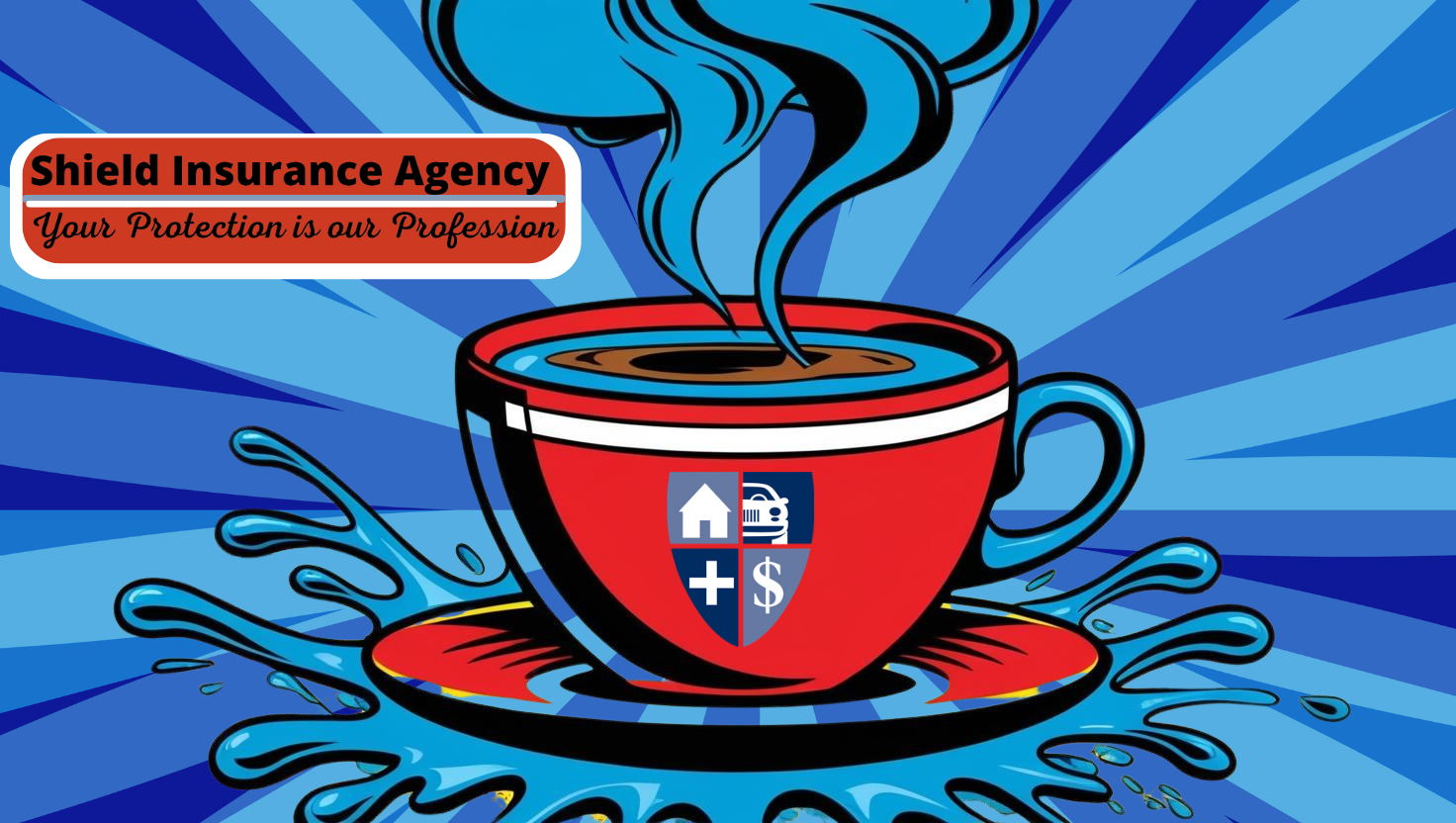
Purchases protected: the top bonds in the retail sector
Shield Insurance Agency Blog | Top Bonds | Start A Quote Today!
Purchases protected: the top bonds in the retail sector
Because of COVID-19, businesses across every industry have pivoted quickly to try to recover their losses and guard against future potential risks. Retail businesses are especially sensitive to seismic shifts in the economy as political factors, consumer trends, and technology are variables that can impact a retailer’s success.
Traditionally, consumers have preferred hands-on experiences such as test-driving vehicles at their local dealership, dining at their favorite restaurant or jumping into a fitting room at a boutique store, but the on-going pandemic has changed that. Although certain businesses have benefited from these changes to consumer behavior, others have struggled — grocers, home improvement stores and wholesaler retailers perform well, while apparel and department stores have wrestled with COVID-imposed restrictions, heavy debt burdens, and compressed margins.
Reducing top bonds risk in retail
As a pivotal piece of the supply chain, a healthy retail sector is good business for everyone — from manufacturers and wholesalers to the end consumer. To help safeguard against risks to the retail space, surety bonds are a valuable way for businesses to build an extra layer of security for themselves. Here are a few of the more common bonds across four key retail sectors: automotive, food and beverage, general merchandise, and online.
Automotive sector top bonds
The retail automotive sector is comprised of two types of companies: those that sell auto parts and those that sell new and used vehicles.
- Motor vehicle dealer bonds
These bonds guarantee that the motor vehicle dealer and/or manufacturer will comply with outlined protections for warranty promises, fraudulent practices and misrepresentation of the motor vehicles dealer. - Game of chance bonds
If a dealership or auto parts company runs a promotion or sweepstakes, this type of bond guarantees that any prizes offered are awarded to the winner. It is required in some states, including Florida and New York.
Food and beverage sector
The food and beverage sector is comprised of grocers, restaurants, food packaging companies, liquor stores and fast-food companies.
- Tax bonds
Frequently required by local and federal law, food and beverage retail sellers must post bonds to guarantee they will collect and remit taxes for business activities. Common tax bonds include sales tax, use and consumer tax, alcohol, liquor, and tobacco. - Utility payment bonds
Used as an alternative to a traditional cash deposit or Line of Credit (LOC), this bond guarantees timely bill repayment to the utility vendor.
General Merchandise
General merchandise is a catch-all term for items that include clothing, apparel, appliances, sporting goods, etc.
- Lease bonds
A financial guarantee that ensures payments of assessments under a rental agreement. A principal may post this type of bond in lieu of a cash deposit or traditional LOC, freeing up their capital for other uses. - Workers’ compensation on bonds
Employers are required by all states to guarantee payment of statutory workers’ compensation benefits to their employees. Companies that elect to self-insure any portion of this risk must post security with the state using a cash deposit, letter of credit or a surety bond. Given their long-term nature, workers’ compensation bonds are typically reserved for very strong credits. - Customs bonds
The primary purpose of a customs bond is to ensure payment of import duties and taxes, as well as complying with all regulations governing entry into the U.S. of merchandise from foreign sources.
Online retail
Otherwise known as e-commerce, online retail stores are virtual establishments that sell a variety of consumer or business-to-business products over the internet.
- Money transfer bonds
Required by a business that provides money transfer services or payment instruments, money transmitter bonds guarantee that the principal will follow applicable state rules and regulations of the industry, safeguarding the end consumers well-being. - Collection agency bonds
These bonds are required by some states to assure the principal will function according to state collection agency laws and in conformity with the standards issued by the Fair Credit Reporting Act. A business that extends credit card services may be required to post collection agency bonds.



























































